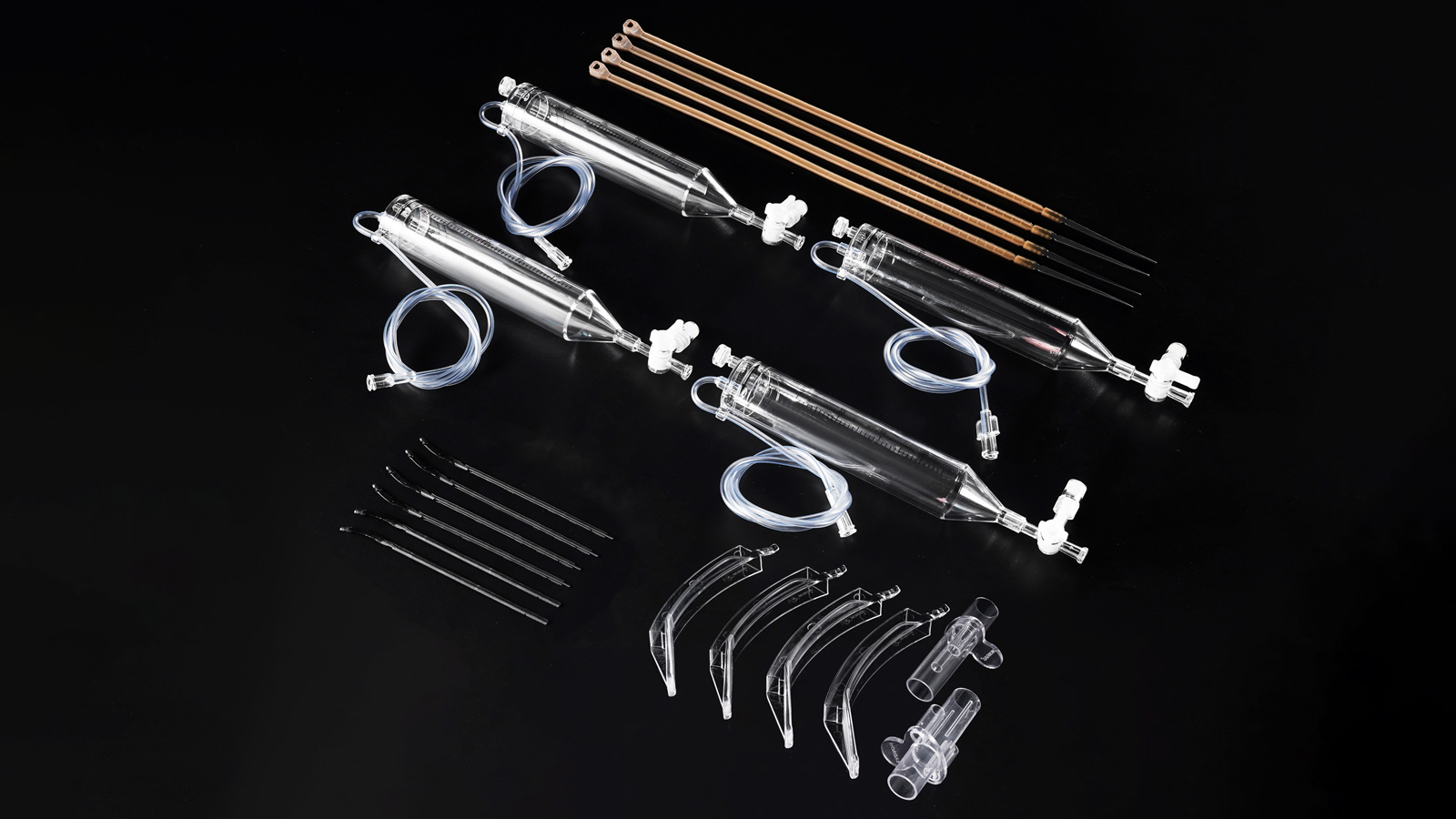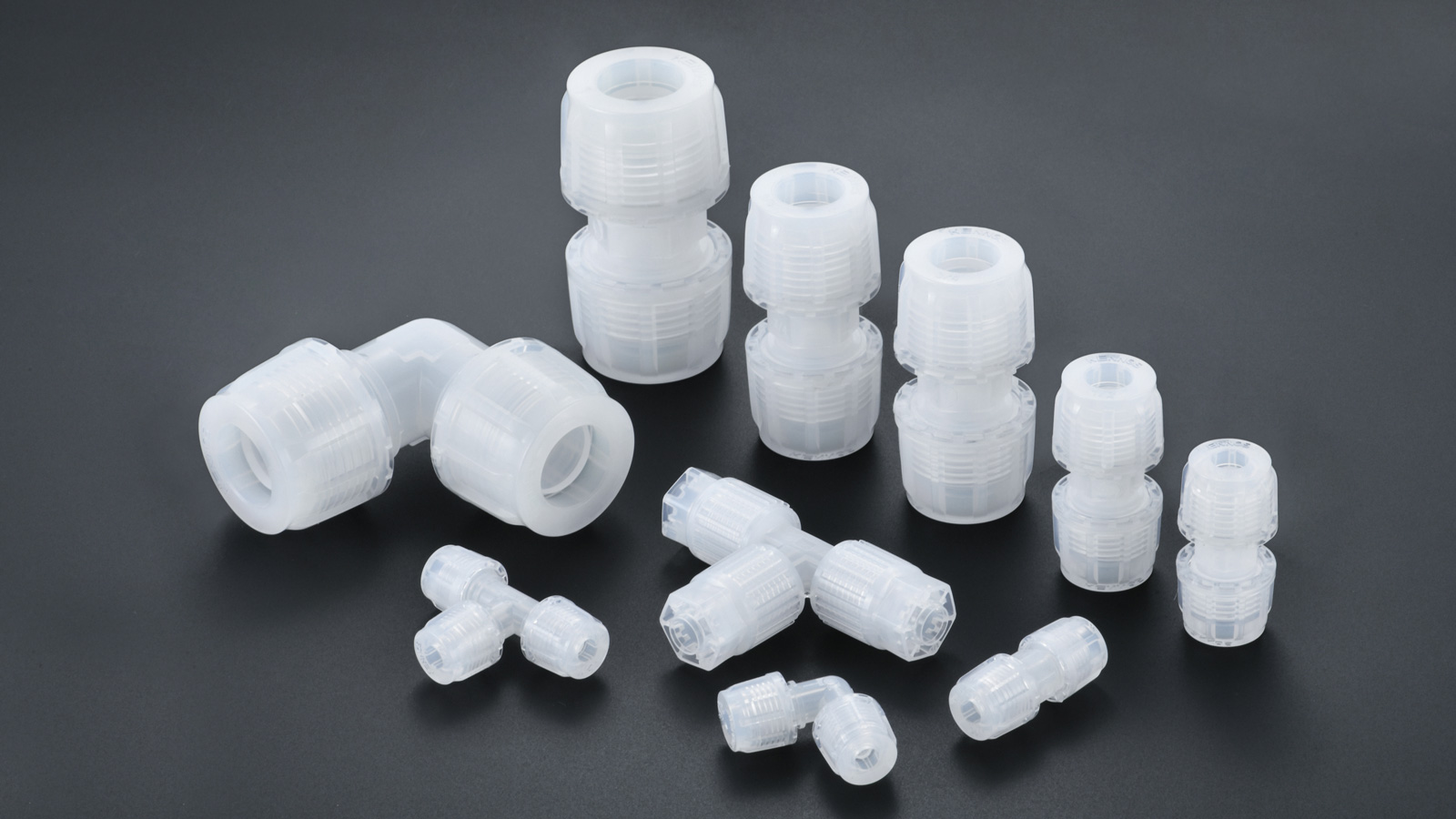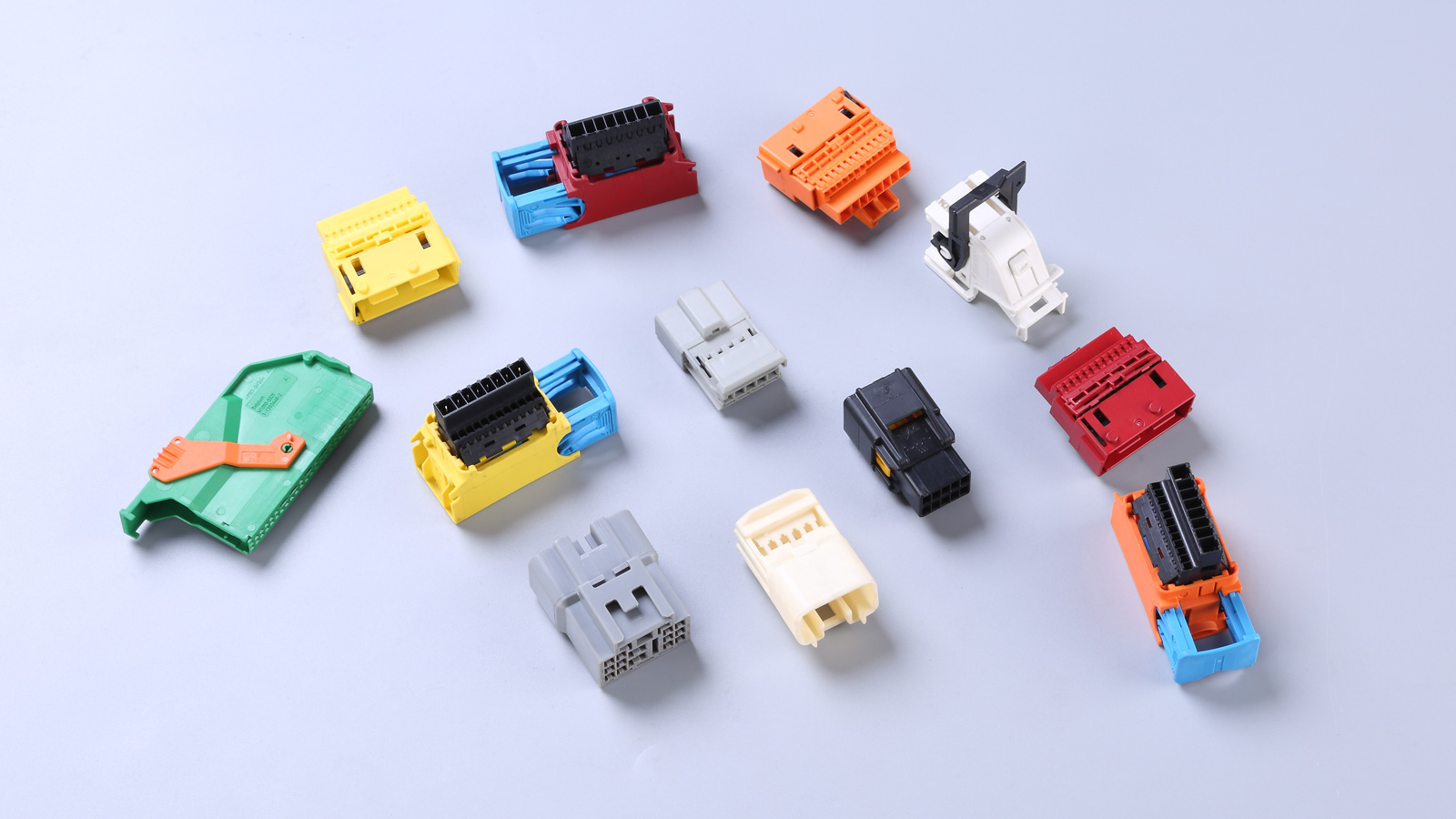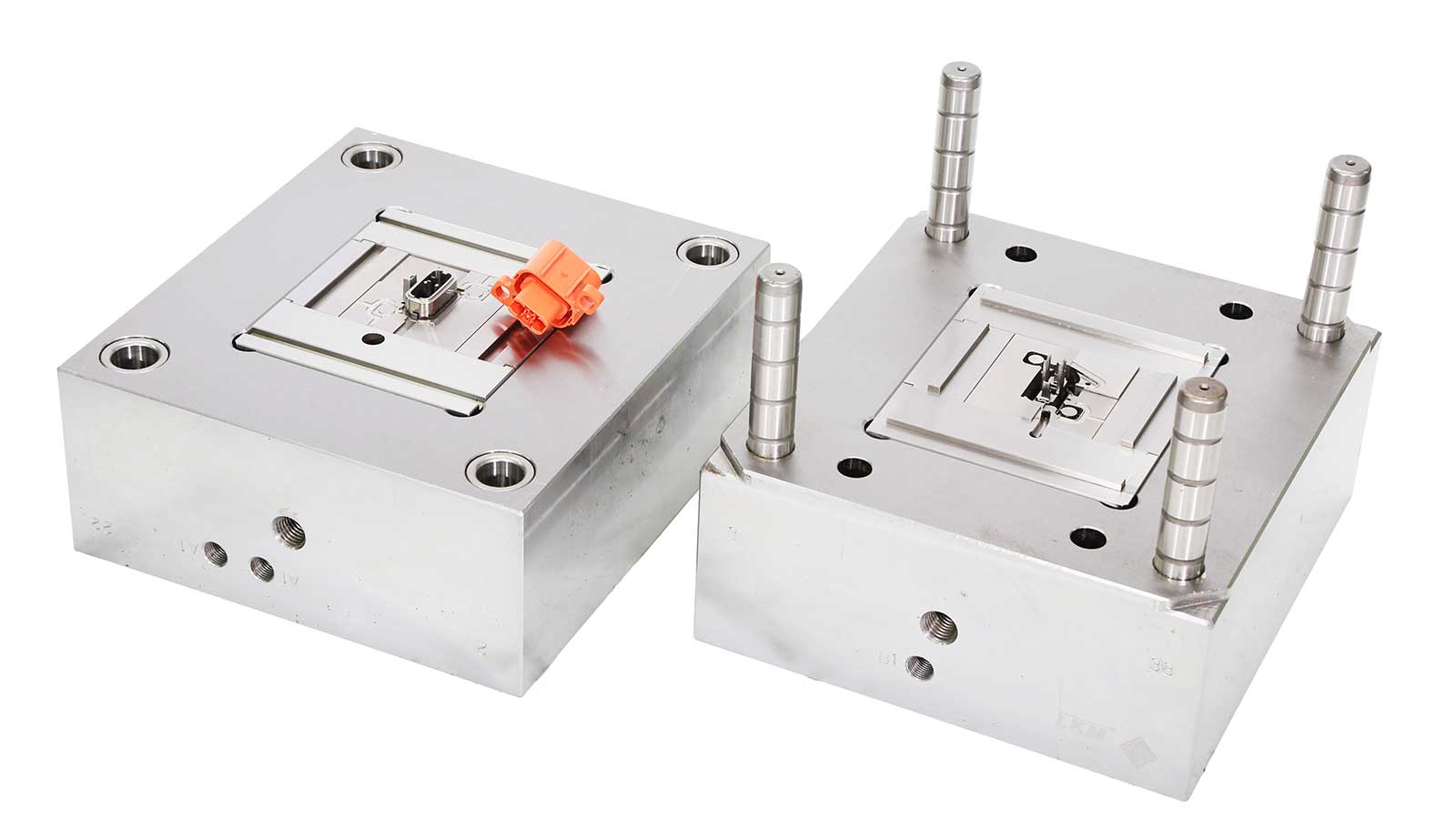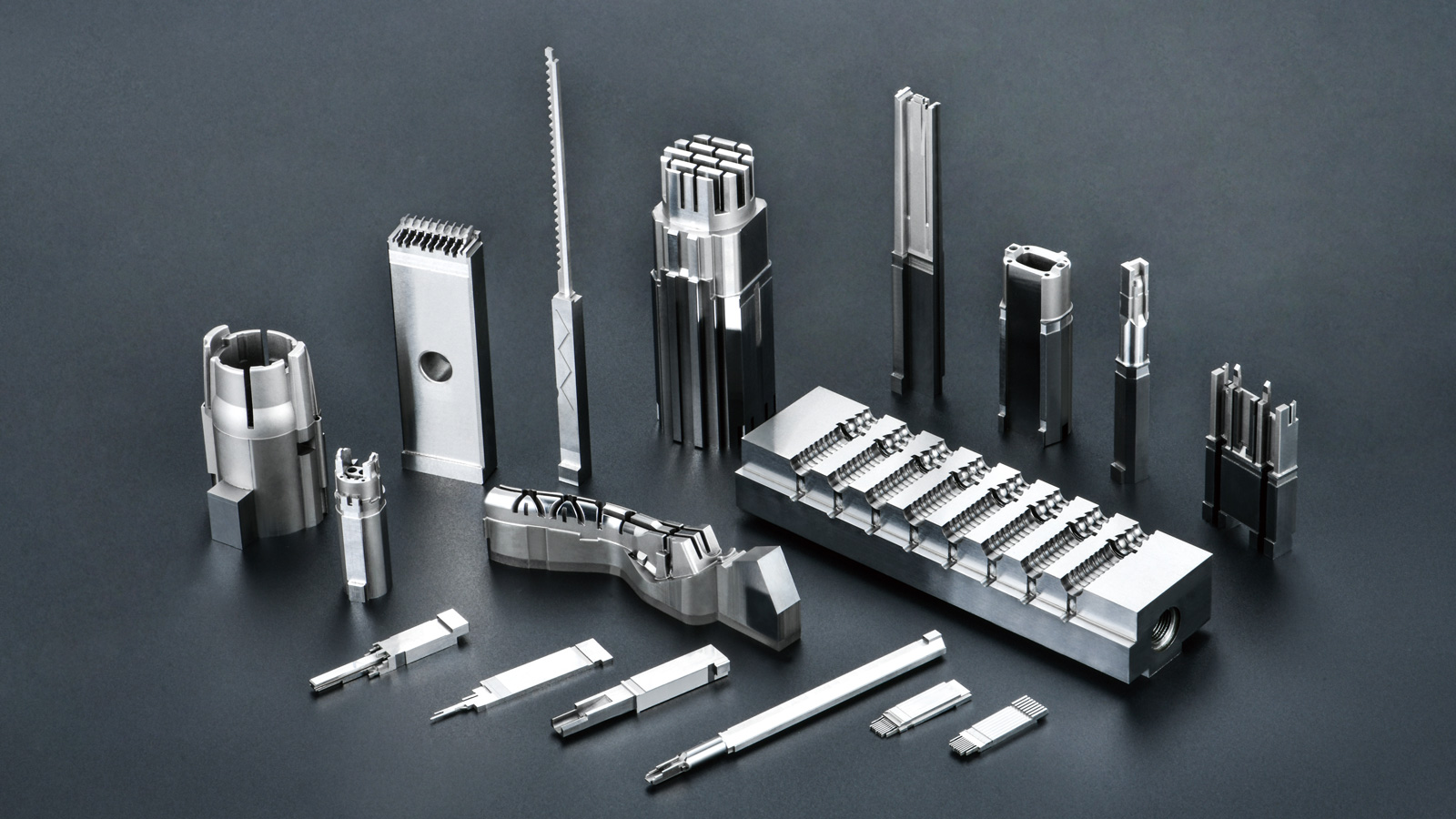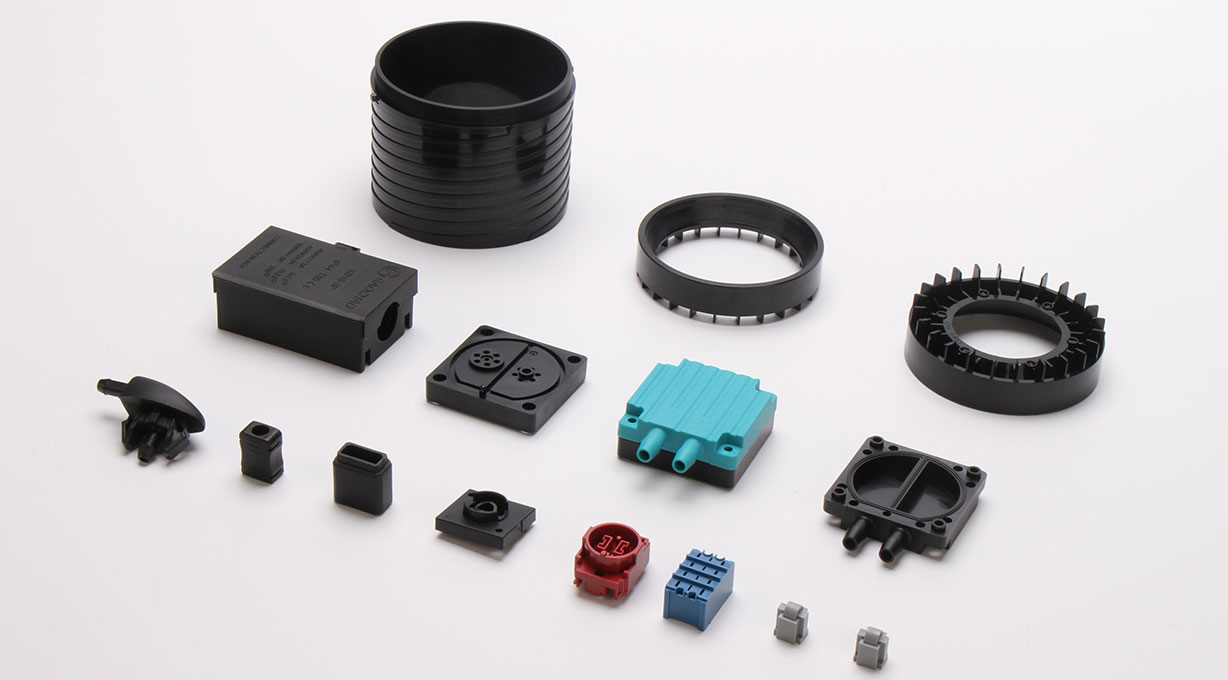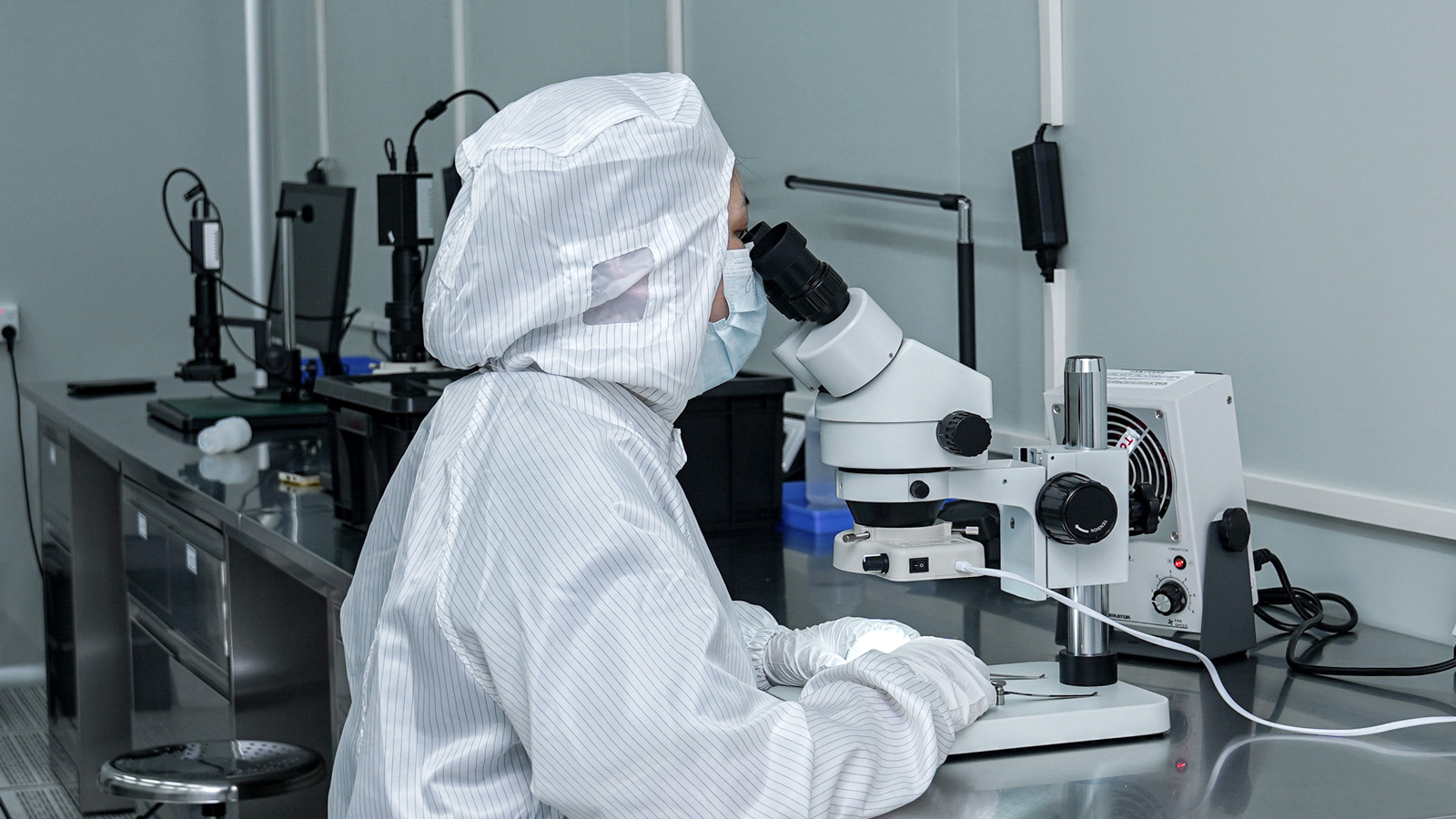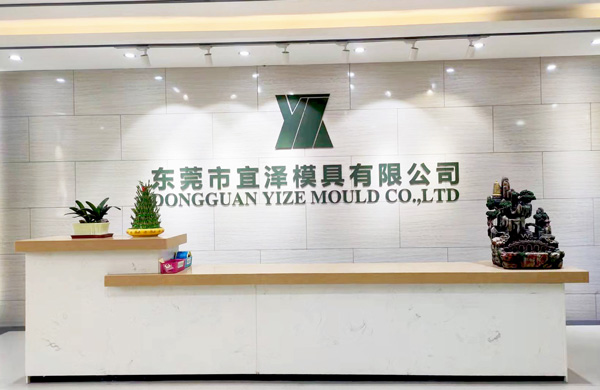In the field of injection molding, product quality is the lifeblood of an enterprise, and pollution problems are like hidden “killers” that constantly threaten product quality. Once pollution occurs during the injection molding process, injection-molded products will lose their “luster,” developing various defects such as discoloration, streaks, and delamination, which seriously affect the product’s performance and appearance and reduce its market competitiveness. Therefore, solving pollution problems is of utmost urgency to ensure the quality of molded products. So, how can we effectively eliminate pollution problems in injection molding? The following will provide a detailed analysis from multiple key aspects.
Strictly Guard the Material Storage Gateway to Eliminate Pollution Sources
Material storage is the first line of defense in injection molding. If there are loopholes in this link, pollution will take advantage of the situation. The environment in many injection mold factories is complex, with potential pollutants such as dust, dirt, cardboard, wood, metal, grease, etc., everywhere. If plastic materials are placed randomly in containers that are not completely sealed, it is almost certain that the materials will be contaminated. Once these pollutants are mixed into the materials, they will trigger a series of quality problems during the subsequent molding process. Therefore, enterprises must attach great importance to the material storage link, create a safe and clean “haven” for the materials, use containers with good sealing performance for storage, and place them in dry, tidy areas far away from pollution sources to eliminate pollution at the source.
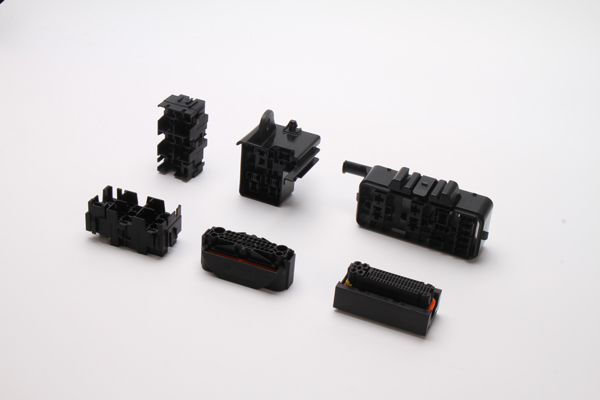
Operate Carefully to Avoid the “Crisis” of Material Mixing
The material mixing link is like a precise chemical experiment, and a slight carelessness can lead to serious consequences. On the one hand, mixing the wrong materials together is undoubtedly a “fatal blow” to product quality. It will change the material properties, leading to various defects during the injection molding process and resulting in product scrap. On the other hand, mixing certain materials can also lead to dangerous situations. For example, when polyvinyl chloride and acetal are mixed incorrectly, a chemical reaction may occur, generating harmful substances and even triggering explosions and other safety accidents. This will not only damage the equipment but also pose a threat to the life safety of operators. Therefore, during the material mixing process, operators must maintain a high degree of concentration and caution, strictly follow the prescribed formulas and operating procedures, carefully check the type and dosage of each material, and avoid pollution and safety problems caused by improper material mixing.
Conduct In-depth Investigations to Identify the “Culprits” of Pollution in Process Equipment
When it is confirmed that the materials themselves are not contaminated, attention should be shifted to aspects such as process settings, injection molds, and injection machines, which are often the “hidden hands” behind pollution problems. Unreasonable process settings, such as improper control of parameters such as temperature, pressure, and injection speed, may cause the material to decompose or oxidize during the molding process, thereby generating pollutants. If injection molds are used for a long time without timely and thorough cleaning and maintenance, dirt and residual materials on the mold surface will gradually accumulate and contaminate new products during each molding process. Various components of the injection machine, such as screws, barrels, and nozzles, if worn, corroded, or not cleaned thoroughly, can also become sources of pollution. Therefore, enterprises need to establish a comprehensive equipment maintenance and process monitoring system, regularly clean, maintain, and inspect injection molds and injection machines, and accurately adjust process parameters according to different materials and product requirements to ensure that the entire injection molding process is carried out in a clean and stable environment, thereby effectively avoiding pollution problems.
Pollution problems in injection molding are complex and crucial issues. Enterprises need to conduct comprehensive and meticulous management and control in multiple aspects such as material storage, material mixing, and process equipment. Only by strictly controlling every link can they effectively avoid pollution “pitfalls,” produce high-quality injection-molded products, and stand invincible in the fierce market competition.
